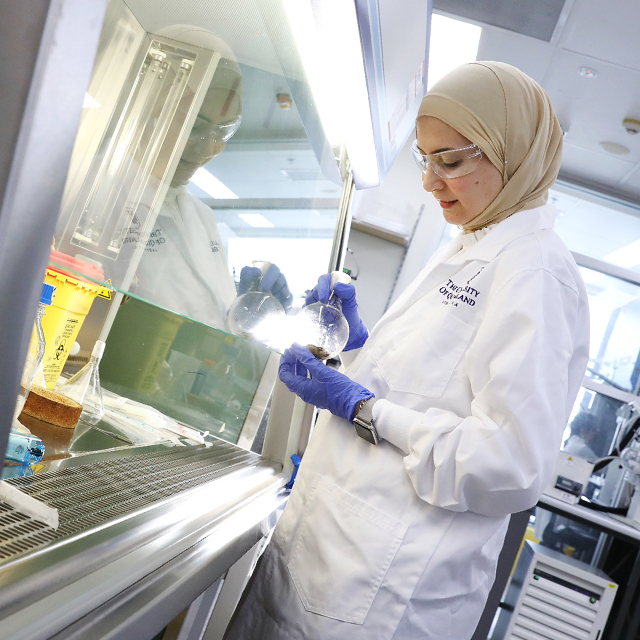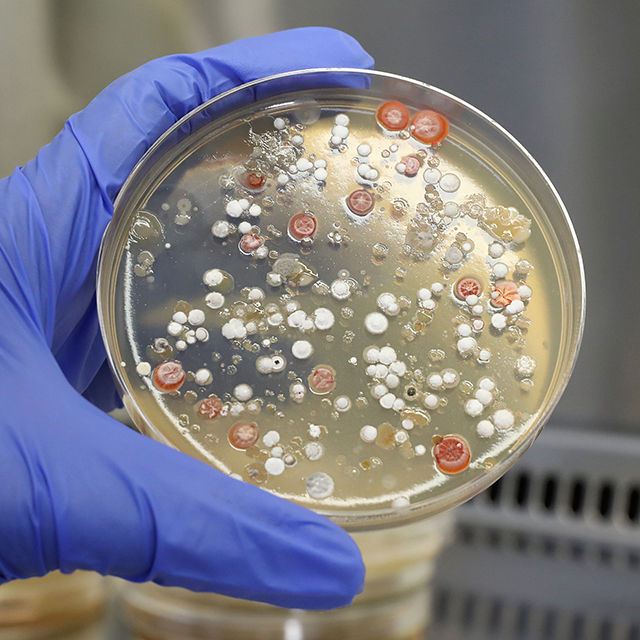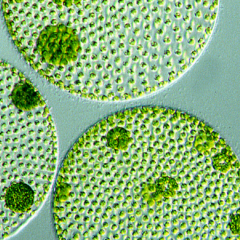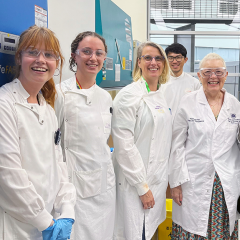Since launching in March 2021, citizen scientists have dug deep and collected an amazing 10,000 soil samples, helping in the hunt for new medicines. Our Soils for Science team has been busy processing these samples – and they’ve found some exciting possibilities.
Dr Zeinab Khalil shares how the team uncovers the secrets hidden in soil, the challenges they’ve faced along the way, and plans for 2023.
 What has been the biggest highlight of Soils for Science so far?
What has been the biggest highlight of Soils for Science so far?
Launching Soils for Science was the best moment of my life and I’ve been touched by how much the community has embraced the program. It’s very touching to receive such wonderful messages from the public thanking us and showing their appreciation for the work we’re doing to discover new antibiotics.
Can you share the biggest challenge you’ve faced?
Supply chain issues due to COVID and staff shortages due to illness have slowed the processing of samples. The good news is that we have received funding from the Australian Research Council to install a robotic machine known as a microbial colony picker. This machine will automate much of the work that our team is doing manually, speeding up processing of soil samples. With the colony picker in place, we will be able to accelerate the processing of soil samples to uncover more new medicines and provide images back to our citizen scientists.
 When can people expect to receive an image of their soil sample?
When can people expect to receive an image of their soil sample?
The colony picker will be installed early in 2023, which will speed up our sample processing. We will provide an update on estimated times once the machine is up and running. In the meantime, you can enjoy viewing the images we’ve uploaded so far in our Soils for Science gallery. We very much appreciate everyone’s patience as we work through the 10,000 samples!
Tell us about some of the exciting possibilities you’ve found so far.
We have investigated 1000 molecules found from microbes isolated from different soil samples and identified 41 molecules that killed multi-drug resistant bacteria. We then tested these molecules against normal and cancer human cells to ensure they aren’t toxic to humans. The 36 non-toxic molecules were then analysed further to confirm their chemical structures are new to science. We have ended up with 17 molecules with chemical structures that haven’t ever been reported. As you can see, we need to investigate a lot of molecules to find promising new, non-toxic molecules with antibiotic potential
What will 2023 bring for Soils for Science?
Now that we’ve passed our first milestone of 10,000 samples, we’re moving into a new phase of the program. Our focus will shift from providing individual images to engaging more with schools and community groups, and releasing new educational material that aligns with the Australian curriculum.
Apart from the new colony picker, we are installing another machine that will allow us to automatically investigate the antibiotic potential of the molecules we find in soil samples. This will speed up the next step of the program and allow us to select the best antibiotic candidates for further development.
Finally, we are strengthening our links with other programs and other universities involved in discovering medicines from nature – but more on that next year!



